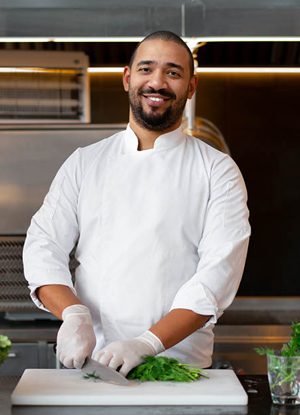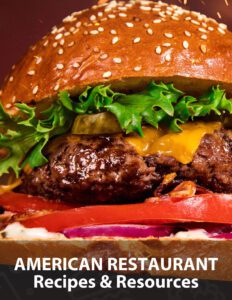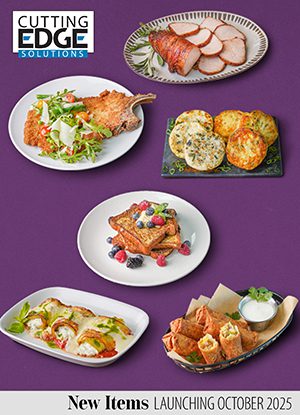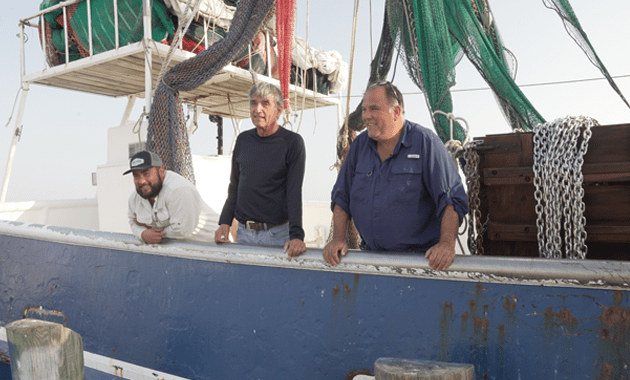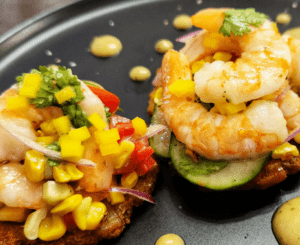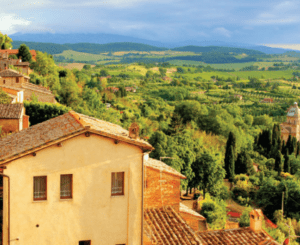“Only the best fishermen and fleets fish for us,” said Andy Neely, Paul Piazza & Son Vice President of Sales and Marketing. “ We’re proud of the deep relationships we have carefully developed with our fleets, our fishermen and our docks. These relationships enable us to provide the U.S. market with Premium Quality Wild Caught Gulf Shrimp each year.”
One such fisherman is David Aparicio Jr. The third-generation shrimper has been trawling the fertile waters of the Gulf since he was a kid learning the ropes with his father David Sr. and uncle Ernie Aparicio. For him, shrimping isn’t just a job – it’s a calling that runs through his veins.
“There is an immense sense of pride in bringing this level of quality shrimp to market,” Aparicio said. “Shrimping is an art and a very specialized fishery. It takes a long time to learn and master.”
While the “on board” amenities may have gotten a bit better – TV and Air Conditioning now, a few more creature comforts – for the most part the technology has stayed the same. The family is using the same shrimping methods as they did 100 years ago; visiting and tracking the grounds that were good in the past and following weather patterns. But they also credit their success to gut feelings and experience because shrimp are often driven by the makeup of the ocean bottom and their food source.
Another important piece of the puzzle is the actual nets, which are proprietary. Every captain has a particular way of handling and using them, and they often make their own. The way the nets are lowered into the water, boat speed, and other nuances are carefully considered by the crew, which consists of the captain, rig man, and deck hands. The boats make several drags per day or night – and each drag is relatively quick. They don’t want to let the shrimp drag too long – it negatively affects the quality. Shrimp are subject to predators and become damaged when dragged for extended periods. Reduced drag times are also more fuel efficient.
When the load is dropped, it’s literally “all hands on deck,” and they work together sorting, heading, rinsing, sacking, and freezing the shrimp quickly, which takes place within an hour after landing to provide the freshest frozen product.
While the exhilaration of hauling in a net bursting at the seams hasn’t changed for shrimpers, one thing that has is the rise of sustainable practices. One of those efforts the Aparicio family is using to achieve sustainability is more selective gear. To avoid catching everything in their path, including non-target species like sea turtles and dolphins, boats are equipped with bycatch reduction and turtle excluder devices that allow these species and other bycatch to escape while still catching shrimp.
The Aparicio family is proud of their reputation and dedicated to providing the highest quality shrimp, not cutting corners, and doing things right, because it’s just the right thing to do. The team at Paul Piazza Shrimp shares the same values, and there is a real mutual respect and appreciation for each other.
Chefs can serve Portico Shrimp with confidence knowing that the shrimp on their tables is sustainably sourced, fully traceable, and coming from a trusted partner with quality standards that ensure a great tasting product every time.




